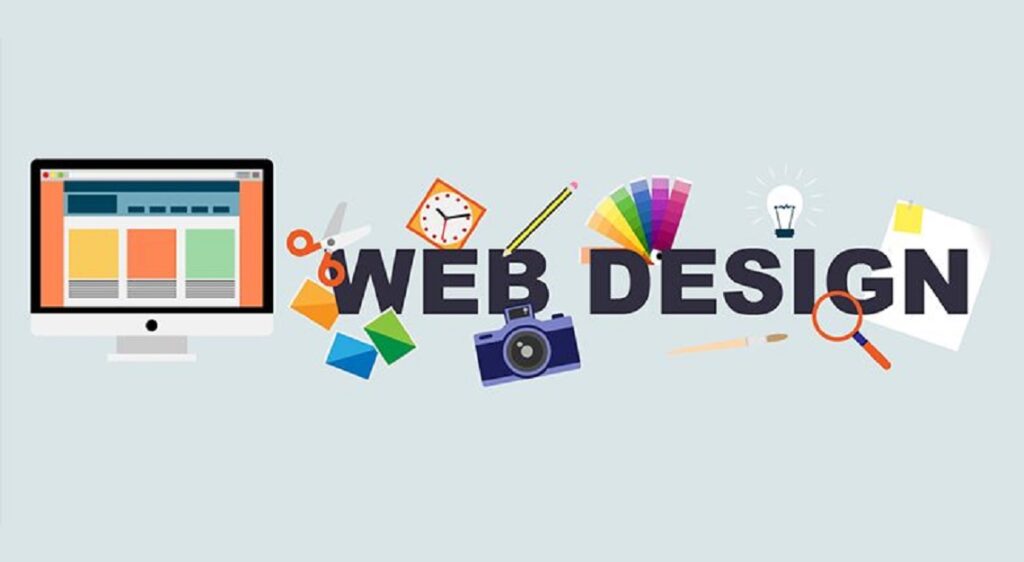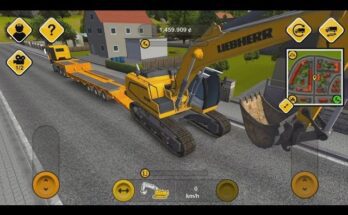In general, a web application should be as simple as possible for the user. When they visit your website, users don’t want to have to learn a bunch of new skills or fight against bad design.
When building an application, as a developer, you will find that some features come quickly, and others are complicated depending on the framework and language you’re using. For example, if your programming language is not object-oriented (OO), adding new features like login accounts may be more complex than OO (Object-oriented). And although database tools and clients make it easier to build applications, sometimes it doesn’t help, especially when working with extensive databases with no SQL knowledge becomes tedious.
Also Read: 8 Important Factors of Website Development and Designing
Features to note
Some features are expected in most Web development company’s web applications today. For example, Google Docs is aligned with the features of a good web application. It allows you to create new docs, see updates from your collaborators in real-time and has file-sharing tools within the program. Another feature that makes a website or application stand out is its ability to run offline. This saves users the hassle of connecting to the internet every time they want to use it—some systems need an internet connection for authentication but still work when there isn’t one available (like Skype). An example of this is Microsoft Office 365, which allows its users to store documents online to access them anywhere at any time having internet access.
With the increasing number of technologies used to create applications, developers need to be flexible enough to work with multiple languages and frameworks. It is not always easy to create a good website. There are so many standards people expect to see, and you have your budget limitations to consider as well. If you want the best results for your time and money, keep reading.
Designing your webpage
One of the most important things to do when designing your web page is to figure out what kind of experience you want users to hait. What do they need to accomplish? This will largely depend on how much information you give them – if all they need is “product X,” then that’s one thing; if they’re trying to find their way around town or learn more about your company, though, it’ll be very different. After figuring this, make sure all available content fits the context. For example, a page about your company’s history would be unlikely to have banner ads or video clips on it.

The next thing you should consider is the kind of user experience you want people to have. This can be very subjective depending on what sort of website you’re creating, so try looking at several websites in your industry for ideas – what are they doing? How could you improve upon them? Speaking of improving, don’t be afraid to innovate. It’s great if you can give users something slightly new and different without too much hassle – but only do that if it works better than the way everyone else is doing things! Don’t just keep things because “that’s how they’ve always been done.”
Once you’ve figured out the best user experience, make sure it’s at least somewhat unique to your site. If two websites look too much alike, it could be a problem for users trying to find what they need – and if somebody is searching online for pictures of “your product,” or even “yoursite.com” but can’t tell which website it is because they’re both using that name or that type of logo, then it’s trouble! Though this should include more than just web design, having a distinctive ‘look and feel’ goes a long way to keeping things organized and enjoyable for users.
Related to this: don’t bother things nobody will use! One example of this is how some websites require you to register before you can use them – many people don’t want to do that, so they simply go elsewhere. If there’s something on your site that only 1% of users will want or need, it would probably be better just to leave it out instead of wasting everyone else’s time. This goes double if your registration process is complex!
Another important thing for website designers and owners to consider is the speed at which things load. Nobody wants their browser hanging while waiting for a picture or animated ad before moving on – especially when these are usually just tacky anyway. Make sure that all relevant information loads quickly and conveniently, even in low bandwidth areas like rural America (or large parts of the planet, for that matter).
When designing your website, also be careful with spelling and punctuation. These things aren’t always crucial to people browsing online – but if you want to look like somebody who knows what they’re doing, they are. Also, try to avoid abbreviations wherever possible; it’s hard enough for people who use them regularly! If you can’t say something in total words (and there’s no reason why you shouldn’t be able to), then at least make sure you’ve used proper capitalization and punctuation. Check RemoteDBA.com for ideas.
Last but not least is the accessibility of material on websites. Your site should have good content for users to find easily, whether it is pictures or text or both – and that information should be in a format they can use (e.g., plain text or HTML, not Flash). Try talking with the designer first if you want to make something “flashy” on your site! The rule of thumb is this: if it’s hard for someone on an old computer using Internet Explorer 6 on Windows XP to access your information, then you need to change things around until it isn’t.
There are more things webmasters and website owners could do to improve their websites; however, these are probably some of the biggest ones – and if you do even half of them, you’re sure to see some improvement! This list will also help new designers get into the game without too much fuss.





